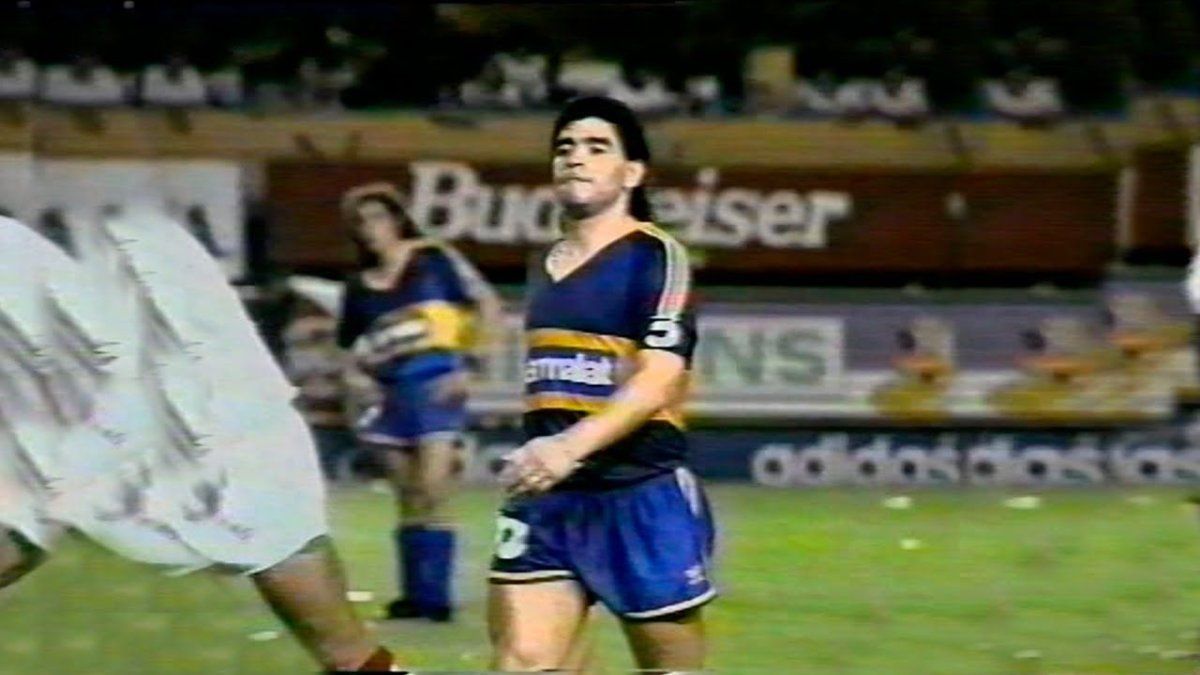I am an author and journalist who has worked in the entertainment industry for over a decade. I currently work as a news editor at a major news website, and my focus is on covering the latest trends in entertainment. I also write occasional pieces for other outlets, and have authored two books about the entertainment industry.
Menu
“Stladed women”: three scientists without Nobel Prize
Categories
Most Read
D’Angelo: Musician dies after battle with cancer
October 14, 2025
No Comments
Sadness in the world of music: D’Angelo, renowned singer, winner of four Grammy Awards, died
October 14, 2025
No Comments
Nicole Kidman: Will she soon be living in Portugal with her daughters?
October 14, 2025
No Comments
Jorge Drexler returns to Argentina with a very special show: how and where to get tickets
October 14, 2025
No Comments
Latest Posts

Trade conflict: Trump is considering giving up Chinese cooking oil because of the soy problem
October 14, 2025
No Comments
AngelicaI am an author and journalist who has written for 24 Hours World. I specialize in covering the economy and write about topics such as

The day Maradona played a match for two different teams: the footballer’s fleeting return to Boca
October 14, 2025
No Comments
October 14, 2025 – 17:30 Pelusa managed to captivate everyone in football and even surprised by playing for two different teams in the same game.

In Ried you can now rent storage space ranging from one to twelve square meters
October 14, 2025
No Comments
Small opening ceremony yesterday with Christoph Wiesner (district manager of the Ried Chamber of Commerce), Stefan Majer (Bauchinger company), Ried’s mayor Bernhard Zwielehner and the
24 Hours Worlds is a comprehensive source of instant world current affairs, offering up-to-the-minute coverage of breaking news and events from around the globe. With a team of experienced journalists and experts on hand 24/7.

